

Articles
How Does A Fuse Protect A Toaster
Modified: March 25, 2024
Discover how a fuse safeguards a toaster from electrical damage in this informative article. Learn how fuses work and why they are crucial for appliance protection.
(Many of the links in this article redirect to a specific reviewed product. Your purchase of these products through affiliate links helps to generate commission for Storables.com, at no extra cost. Learn more)
Introduction
Welcome to the world of toasters, where a small device plays a crucial role in ensuring the safety of your breakfast routine. Have you ever wondered how a toaster manages to toast your bread so perfectly while avoiding the risk of overheating or catching fire? The answer lies in a humble yet vital component known as the fuse.
While you may have seen the word “fuse” before, you might not fully understand its purpose or how it functions within a toaster. That’s where we come in. In this article, we will delve into the inner workings of a toaster and explore the critical role that a fuse plays in its operation, specifically in terms of safety.
So, let’s dive into the fascinating world of toasters and discover how a small, inconspicuous fuse protects this beloved kitchen appliance from potential hazards.
Key Takeaways:
- Fuses are the unsung heroes of toasters, safeguarding against overheating, short circuits, and fires by interrupting the electrical circuit when necessary. They ensure safe and reliable operation, protecting both the appliance and its users.
- Troubleshooting fuse issues in toasters involves checking power supply, inspecting and testing the fuse, and replacing it with the correct type and rating. Safety should always be a priority, and professional assistance is recommended if needed.
What is a fuse?
Before we dive into the role of a fuse in a toaster, let’s first understand what a fuse actually is. In simple terms, a fuse is a safety device designed to protect electrical circuits from excessive current flow.
Think of a fuse as a kind of electrical traffic cop. Its main job is to regulate the flow of electricity and prevent any potential dangers that may arise from an overload or short circuit. It acts as a barrier that interrupts the electrical current when it exceeds a certain threshold, thereby preventing damage to the appliance or the electrical system.
So, how does a fuse achieve this? At its core, a fuse consists of a thin strip or wire made of a material with a low melting point, typically a metal alloy. When the current passing through the fuse exceeds its rated limit, the wire heats up due to the increased resistance, eventually reaching its melting point. Once the fuse wire melts, it breaks the electrical circuit, preventing further current flow.
This interruption serves as a protective measure, preventing excessive heat buildup and potential damage to the appliance or wiring. Without a fuse, an overload or short circuit could lead to electrical fires, malfunctions, or even damage to other connected devices.
Fuses come in different shapes and sizes, depending on the application and the current rating required. In household appliances like toasters, small cartridge fuses or thermal fuses are commonly used. These fuses are designed to protect against power surges or faults in the electrical system.
Now that we have a basic understanding of what a fuse is, let’s explore its role in the context of a toaster.
The components of a toaster
Before we delve into the role of a fuse in a toaster, let’s take a moment to understand the different components that make up this everyday kitchen appliance. While a toaster may seem simple on the outside, it consists of several essential parts that work together to ensure you enjoy perfectly toasted bread or bagels.
1. Heating element: The heating element is the heart of a toaster. It is typically made of nichrome wire, a high-resistance alloy that heats up quickly when an electric current passes through it. The heating element radiates heat to toast the bread evenly.
2. Thermostat: The thermostat is responsible for controlling the temperature inside the toaster. It ensures that the heating element reaches the desired temperature for toasting. Once the temperature is reached, the thermostat cuts off the power supply to the heating element, preventing overheating.
3. Timer: The timer is a user-friendly feature that allows you to set the desired toasting time. It controls how long the heating element stays on before automatically shutting off. The timer ensures consistent toasting and prevents the bread from burning.
4. Bread carriage: The bread carriage, also known as the bread slot or toaster slot, is where you place the bread for toasting. It holds the bread in place while it is being toasted and can accommodate different bread sizes and thicknesses.
5. Crumb tray: The crumb tray is located at the bottom of the toaster and serves as a catch-all for any crumbs that fall during the toasting process. This removable tray makes it easy to clean and maintain your toaster.
6. Housing: The housing of the toaster is the outer shell that encloses all the internal components. It provides protection and insulation, ensuring that the toaster remains safe to touch even when in use.
Now that we have a better understanding of the various components that make up a toaster, let’s explore the role that a fuse plays in ensuring the safety and functionality of this kitchen appliance.
Understanding the role of a fuse in a toaster
Now that we have a clear picture of the components that make up a toaster, let’s focus on the importance of a fuse in ensuring the safe operation of this kitchen appliance. The primary role of a fuse in a toaster is to protect the appliance and its users from potential electrical hazards.
When you plug in your toaster and switch it on, electricity flows through the various components, including the heating element and thermostat, to generate the necessary heat for toasting. However, in rare cases, electrical faults or malfunctions can occur, leading to an excessive amount of current flowing through the circuit. This overload of current can cause the components to overheat and potentially catch fire.
This is where the fuse comes into play. As mentioned earlier, a fuse is designed to interrupt the electrical circuit when the current exceeds its rated limit. In the case of a toaster, if a fault or overload occurs, the fuse will detect the excessive current and quickly melt, breaking the circuit and preventing any further flow of electricity.
By interrupting the circuit, the fuse prevents excessive heat buildup and potential damage to the toaster or other connected devices. It acts as a safety measure, protecting both the appliance and the user from electrical hazards such as fires and electrical shock.
It’s important to note that a fuse is a one-time use component. Once it has melted and interrupted the circuit, it needs to be replaced. This ensures that the toaster remains protected and is not used with a faulty or melted fuse which may compromise its safety.
Without a fuse in place, a malfunctioning toaster could pose a significant risk, potentially leading to damage to the appliance, electrical wiring, or even causing a fire. Thus, the presence of a fuse provides peace of mind, knowing that there is an additional layer of protection against any electrical issues that may arise during the toasting process.
Now that we understand the critical role of a fuse in a toaster, let’s explore in more detail how exactly it protects the appliance from potential hazards.
A fuse protects a toaster by interrupting the flow of electricity when it exceeds a safe level, preventing overheating and potential fire hazards. It is important to replace a blown fuse with the correct type to ensure continued protection.
How does a fuse protect a toaster?
A fuse serves as a crucial safety mechanism in a toaster, protecting both the appliance and its users from potential electrical hazards. Let’s take a closer look at how a fuse functions to ensure the protection of a toaster.
1. Overload protection: A fuse has a specific current rating or amperage. If the current passing through the toaster exceeds this rating, the fuse will detect the overload and melt, breaking the circuit. This prevents excessive heat buildup that can damage the components and potentially cause a fire. By interrupting the flow of current, the fuse ensures that the toaster operates within a safe range of electricity consumption.
2. Short circuit protection: A short circuit occurs when two electrical conductors come into direct contact, bypassing the normal circuit and allowing a high amount of current to flow. This sudden surge of current can cause severe damage to the electrical system and pose a significant safety risk. In a toaster, if a short circuit occurs, the fuse will immediately melt and interrupt the circuit, preventing any further flow of electricity. By doing so, the fuse effectively eliminates the risk of a short circuit damaging the toaster or causing a fire.
3. Fire prevention: The primary purpose of a fuse is to prevent overheating and potential fires. In the event of a malfunction that causes excessive current flow or a component failure that leads to a high amount of heat, the fuse acts as a safety barrier. It quickly detects the abnormal conditions and melts, cutting off the electrical supply. By doing so, it stops the flow of current and prevents any further heat generation, thus preventing potential fire hazards.
4. User protection: In addition to protecting the toaster itself, a fuse also ensures the safety of the users. By preventing malfunctions or electrical faults from escalating, the fuse reduces the risk of electrical shock or injury to individuals operating the toaster. This is particularly important in appliances that are used in close proximity to water sources, such as kitchens or breakfast areas, where the risk of electrical accidents is higher.
Overall, a fuse is an essential safety feature in a toaster, playing a vital role in protecting the appliance and its users from potential electrical hazards. By monitoring and controlling the flow of current, it acts as a critical line of defense against overloads, short circuits, and fires, ensuring the safe and reliable operation of the toaster.
In the next section, we will explore some common issues that may arise with fuses in toasters and how to troubleshoot them.
Read more: How Does Toaster Work
Common issues with fuses in toasters
While fuses play a crucial role in protecting toasters from electrical hazards, they can sometimes experience issues that affect their functionality. Here are some common issues that may arise with fuses in toasters:
1. Blown fuse: A blown fuse is a common problem in toasters. When a fuse detects an overload or short circuit and interrupts the electrical flow, it melts and breaks the circuit. If the fuse has already been blown, the toaster will not work until the fuse is replaced. Blown fuses can occur due to excessive current, power surges, or faulty wiring.
2. Incorrect fuse replacement: It is essential to replace a blown fuse with the correct type and rating. If a higher-rated fuse is used, it may not melt or break the circuit when needed, jeopardizing the safety of the toaster. Conversely, if a lower-rated fuse is used, it may blow prematurely or cause the toaster to underperform. It is essential to consult the toaster’s manual or a professional to ensure the correct replacement fuse is used.
3. Loose fuse connection: Over time, the connection between the fuse and the circuit board inside the toaster may become loose or corroded. This can result in intermittent power interruptions or an ineffective fuse operation. Checking the fuse connection and cleaning or tightening it if necessary can help resolve this issue.
4. Faulty fuse holder: The fuse holder is the component that keeps the fuse securely in place within the toaster. If the fuse holder becomes damaged or faulty, it may not hold the fuse properly, leading to poor electrical contact and unreliable fuse operation. In such cases, replacing the faulty fuse holder can help resolve the issue.
5. Wiring issues: Faulty or damaged wiring within the toaster can cause issues with the fuse. If there are broken or frayed wires, it can lead to inconsistent electrical flow, overloading the fuse or causing it to blow prematurely. It is important to regularly inspect the wiring and address any issues promptly to ensure the proper functioning of the fuse.
It’s important to note that if you encounter any issues with the fuse in your toaster, it is recommended to seek professional assistance or consult the toaster’s manual for troubleshooting steps. Handling electrical components without the necessary knowledge or expertise can be dangerous and may further damage the toaster.
Now that we have discussed common issues with fuses in toasters, let’s move on to the next section where we will explore troubleshooting steps to address fuse problems in a toaster.
Troubleshooting fuse problems in a toaster
If you’re experiencing issues with the fuse in your toaster, there are several troubleshooting steps you can take to identify and address the problem. Here are some common troubleshooting techniques for fuse problems:
1. Check for power supply: Ensure that the toaster is properly plugged into a functioning power outlet. Sometimes, a loose or disconnected power cord can give the impression of a blown fuse when the issue is actually related to the power supply. Check the power cord, outlet, and any power switches or buttons on the toaster to rule out any power-related issues.
2. Inspect the fuse: Locate the fuse within the toaster. It is usually situated near the power cord or within the toaster’s internal circuitry. Remove the fuse and visually inspect it for any signs of damage, such as a melted wire or discoloration. If you find any visible damage, it is likely that the fuse needs to be replaced.
3. Test the fuse with a multimeter: If you have access to a multimeter, you can further evaluate the condition of the fuse. Set the multimeter to the resistance or continuity mode and touch the probes to both ends of the fuse. If the multimeter reading shows a continuous circuit (zero resistance), it indicates that the fuse is intact. However, if the multimeter reading shows an open circuit (infinite resistance), it indicates that the fuse has blown and needs to be replaced.
4. Replace the fuse: If you have determined that the fuse is indeed blown, it is essential to replace it with the correct type and rating. Consult the toaster’s manual or seek professional advice to ensure you use the appropriate fuse for your specific toaster model. Carefully insert the new fuse into the designated fuse holder, making sure it is securely seated.
5. Check for other issues: If the fuse replacement does not resolve the problem, there may be other underlying issues with the toaster. It could be related to faulty wiring, damaged components, or internal malfunctions. In such cases, it is advisable to consult a professional electrician or contact the manufacturer for further assistance or repair.
Remember, working with electrical components can be dangerous, especially if you are not experienced or knowledgeable in this area. If you are unsure about any aspect of troubleshooting or repairing your toaster, it is always best to seek professional help to ensure your safety and prevent any further damage to the appliance.
Now that we have explored troubleshooting steps for fuse problems in a toaster, let’s wrap up our discussion.
Conclusion
Fuses play an integral role in the safe and efficient operation of toasters. These small yet essential components protect the appliance and its users from potential electrical hazards such as overloads, short circuits, and fires. By monitoring the flow of current and interrupting the circuit when necessary, fuses ensure that the toaster operates within a safe range of electricity consumption.
Understanding the components of a toaster, including the heating element, thermostat, timer, bread carriage, crumb tray, and housing, helps us appreciate the importance of a fuse in maintaining the functionality and safety of the appliance. The fuse acts as a line of defense, preventing excessive heat buildup and potential damage to the toaster or connected devices.
In the rare event of a fault or malfunction, a fuse quickly melts and breaks the circuit, safeguarding against potential hazards. It protects not only the toaster itself but also the users, reducing the risk of electrical shock or injury. By preventing overheating, short circuits, and fires, a fuse provides peace of mind while using a toaster in our daily lives.
However, it’s important to be aware of common issues that may arise with fuses in toasters, such as blown fuses, incorrect replacement, loose connections, faulty fuse holders, and wiring issues. Troubleshooting these problems, including checking the power supply, inspecting and testing the fuse, and replacing it with the correct type and rating, can help resolve fuse-related issues.
If troubleshooting steps do not resolve the problem, it is recommended to seek professional assistance or contact the manufacturer for further guidance. Safety should always be a priority when working with electrical components.
In conclusion, fuses are an integral part of a toaster’s safety system, ensuring the appliance operates reliably and protects against potential electrical hazards. By understanding their role and taking necessary troubleshooting steps, we can continue to enjoy our toasters with peace of mind and perfectly toasted bread.
Frequently Asked Questions about How Does A Fuse Protect A Toaster
Was this page helpful?
At Storables.com, we guarantee accurate and reliable information. Our content, validated by Expert Board Contributors, is crafted following stringent Editorial Policies. We're committed to providing you with well-researched, expert-backed insights for all your informational needs.




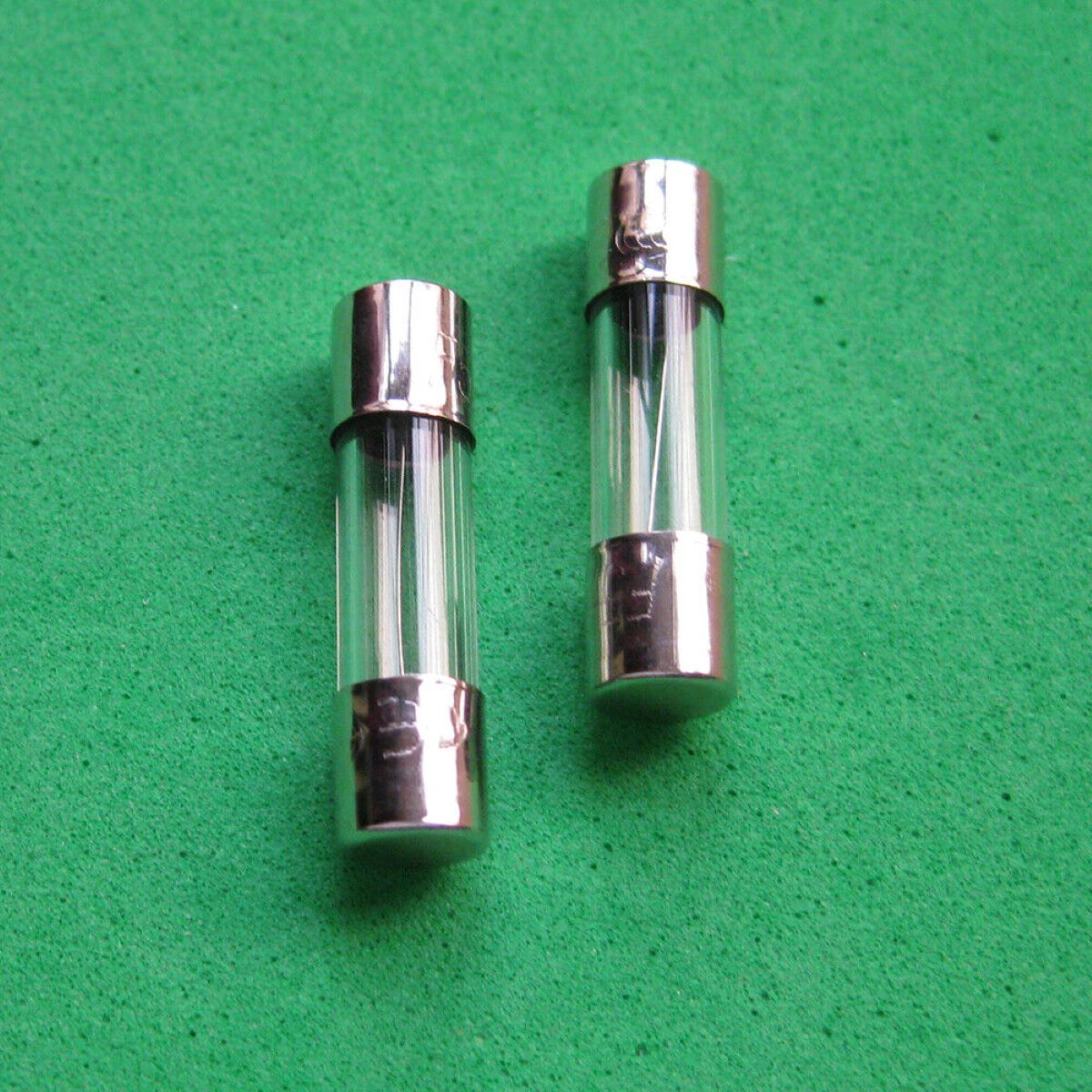
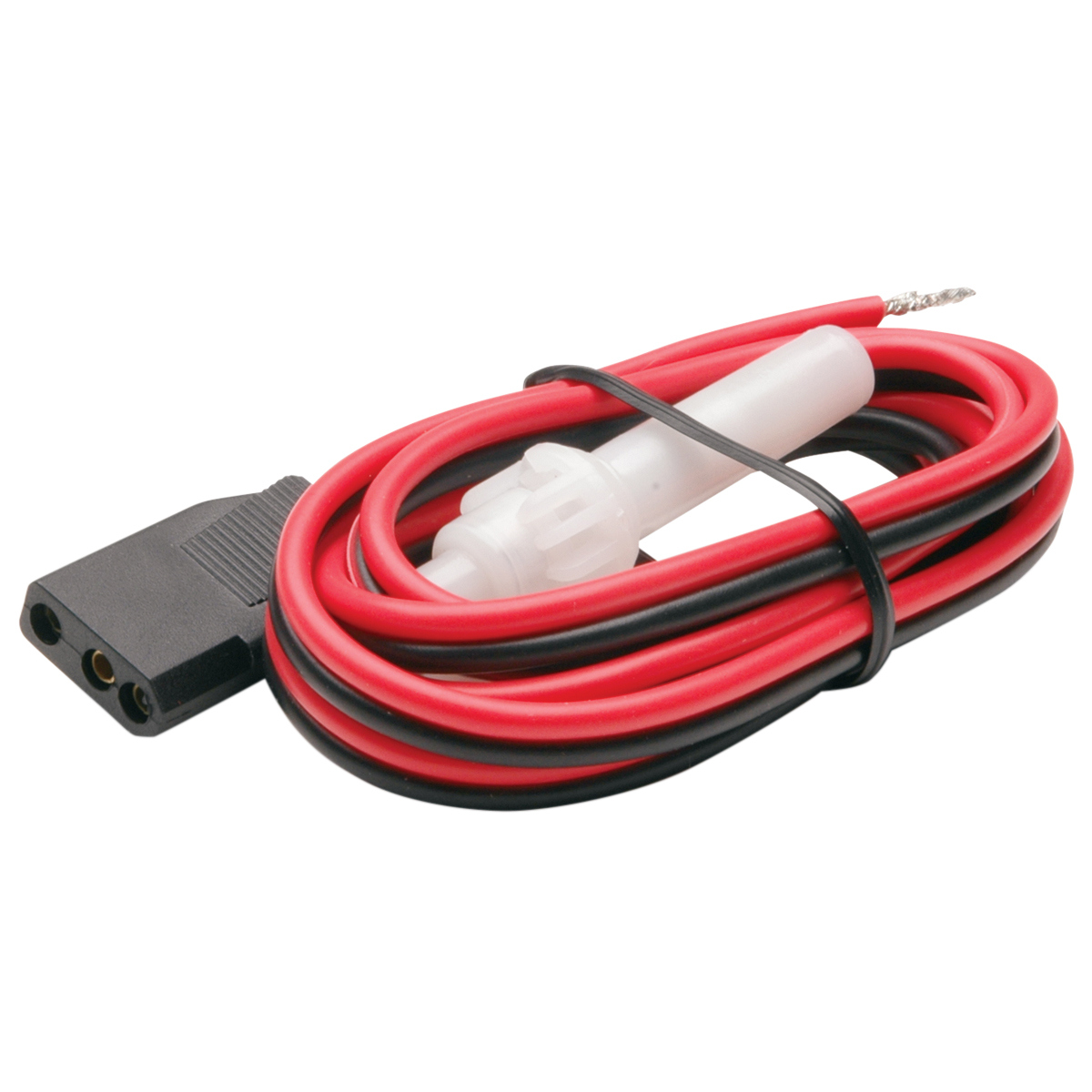
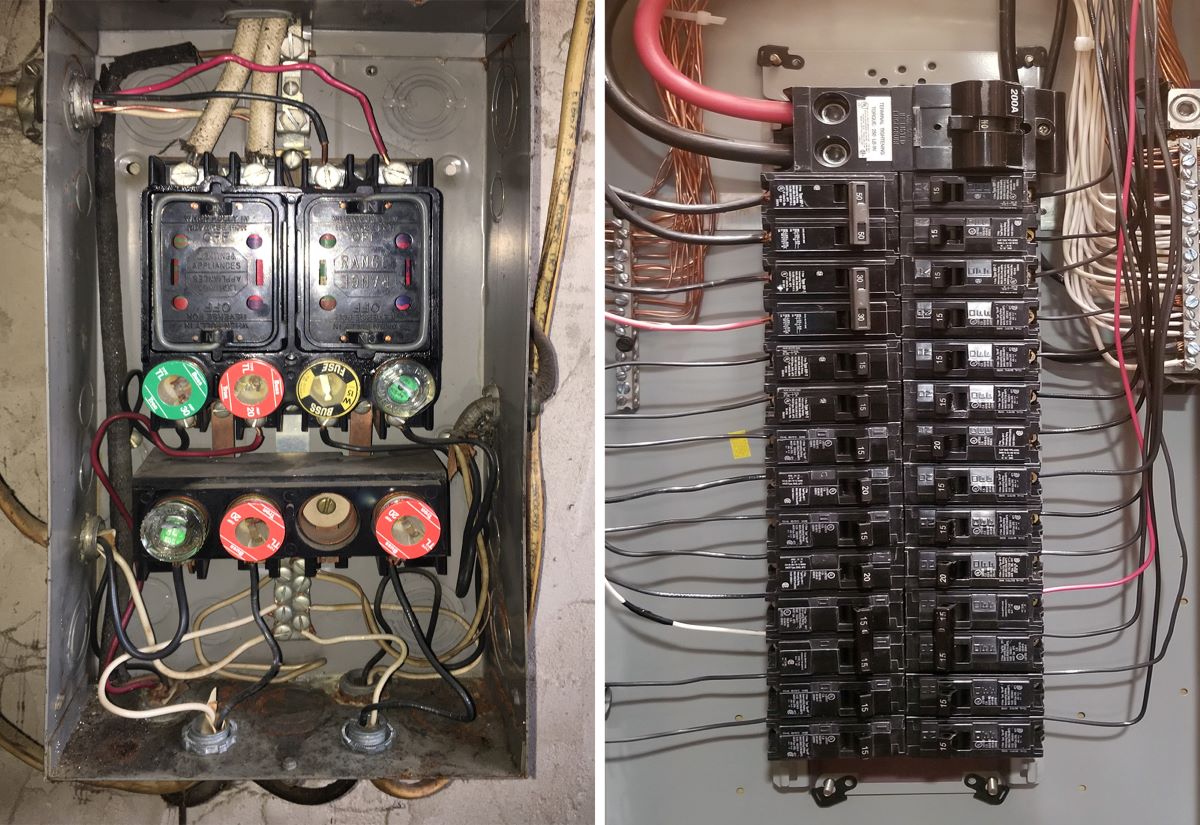
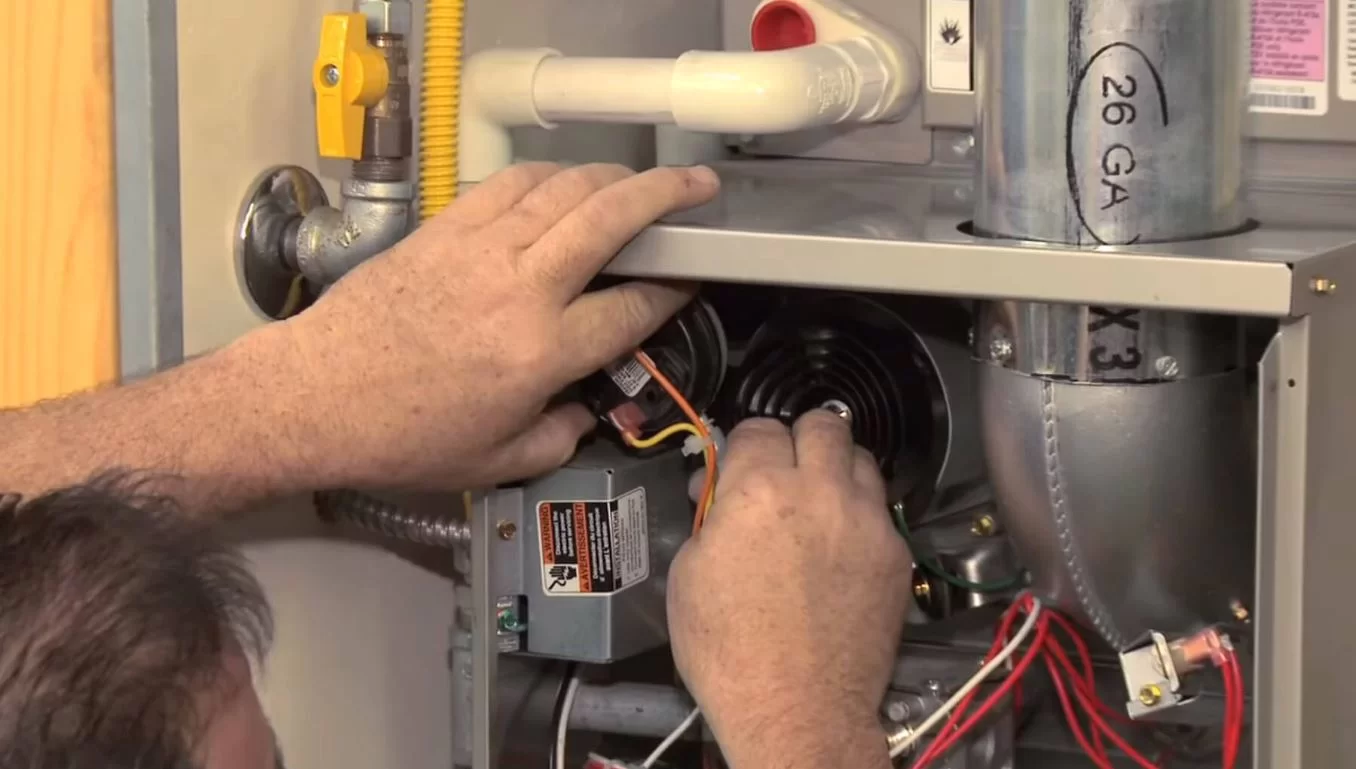
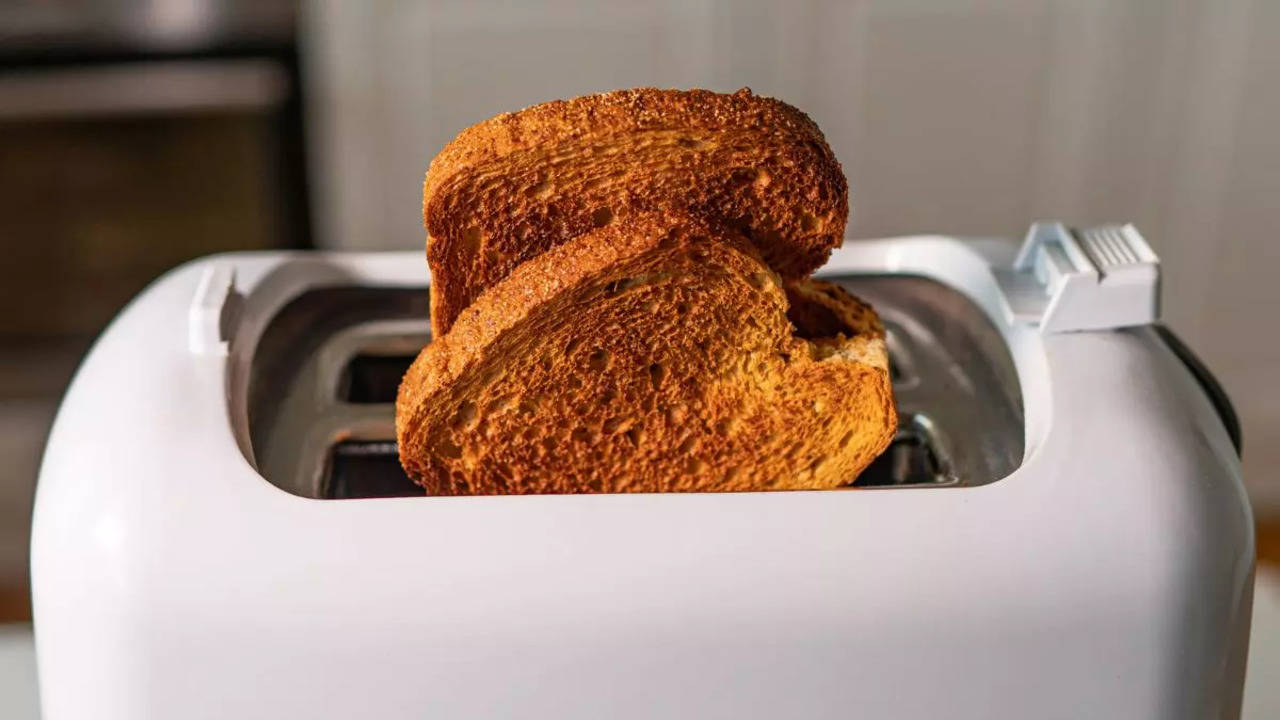
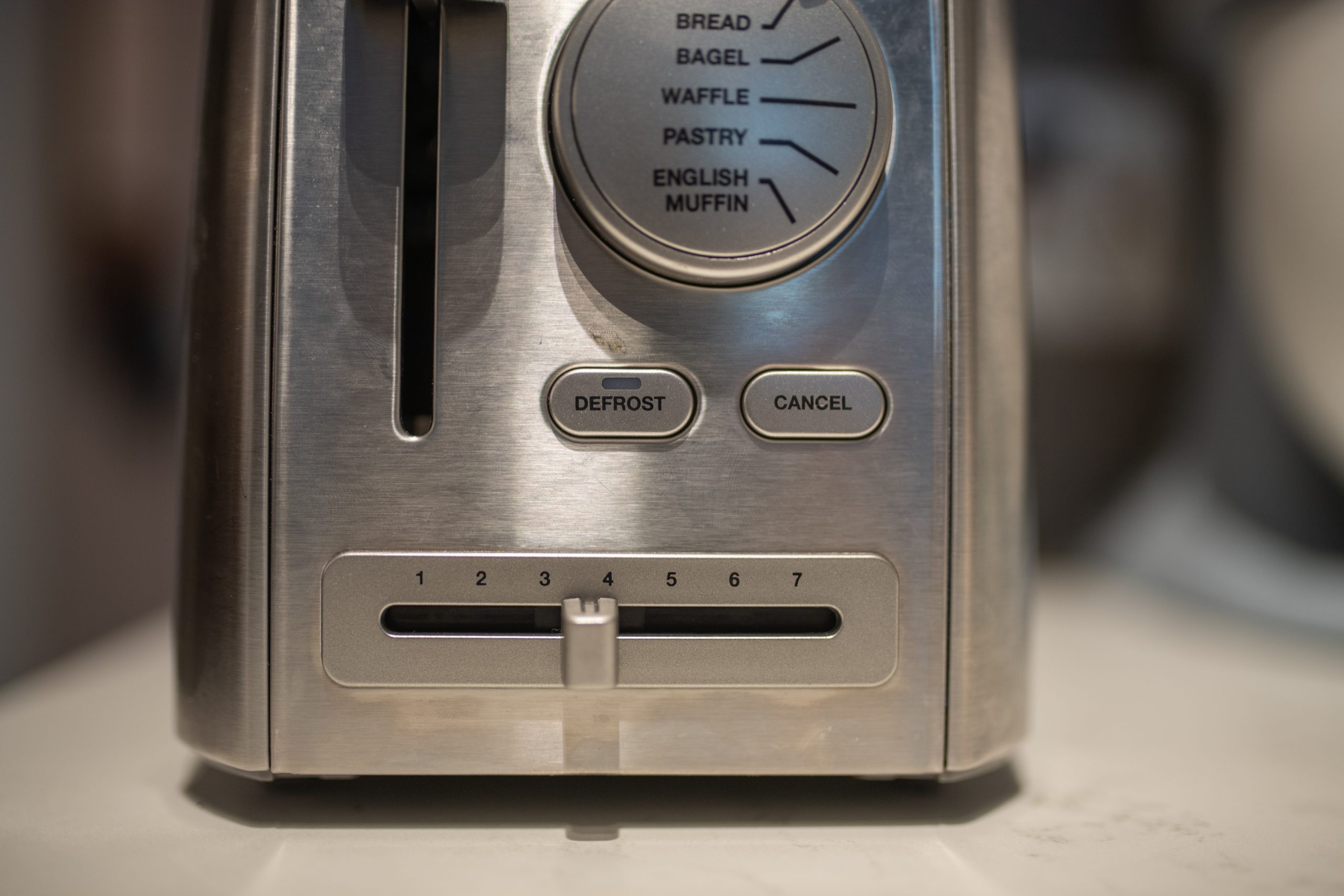

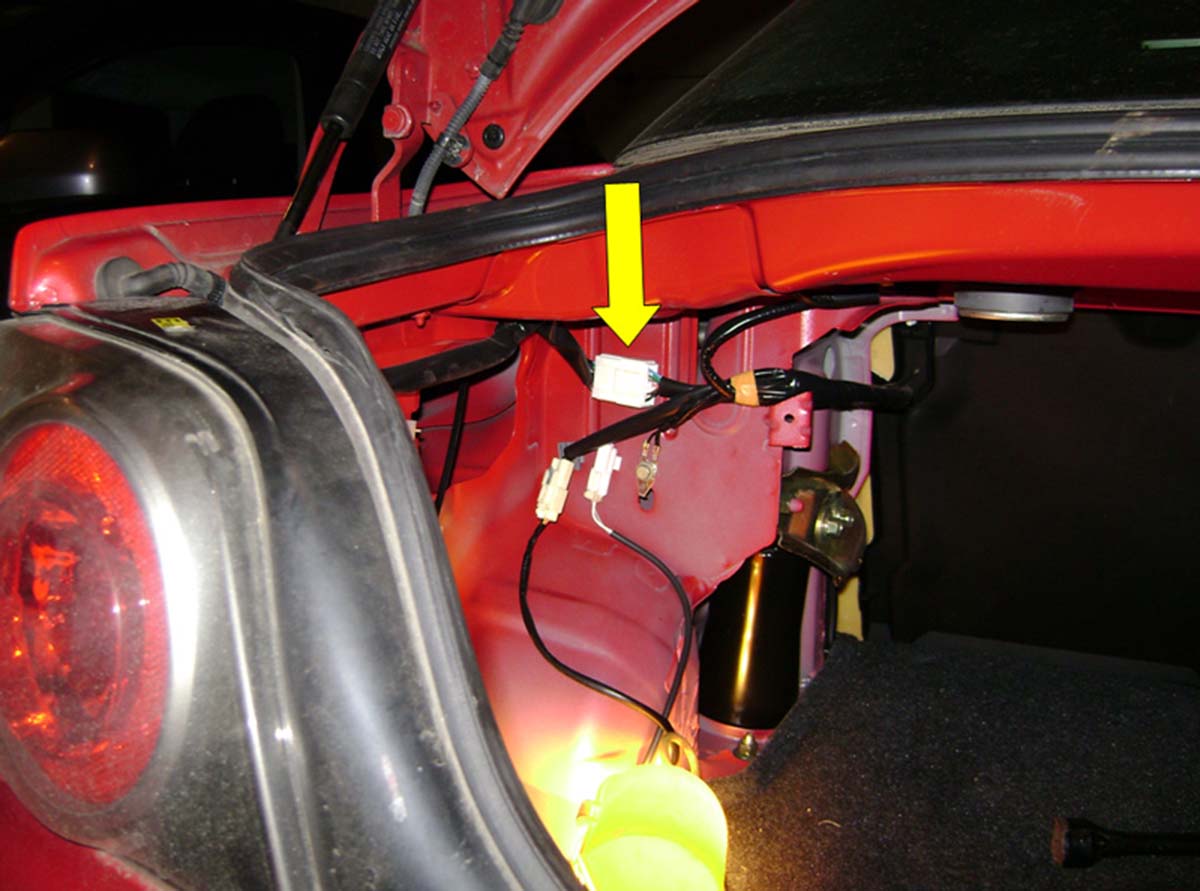
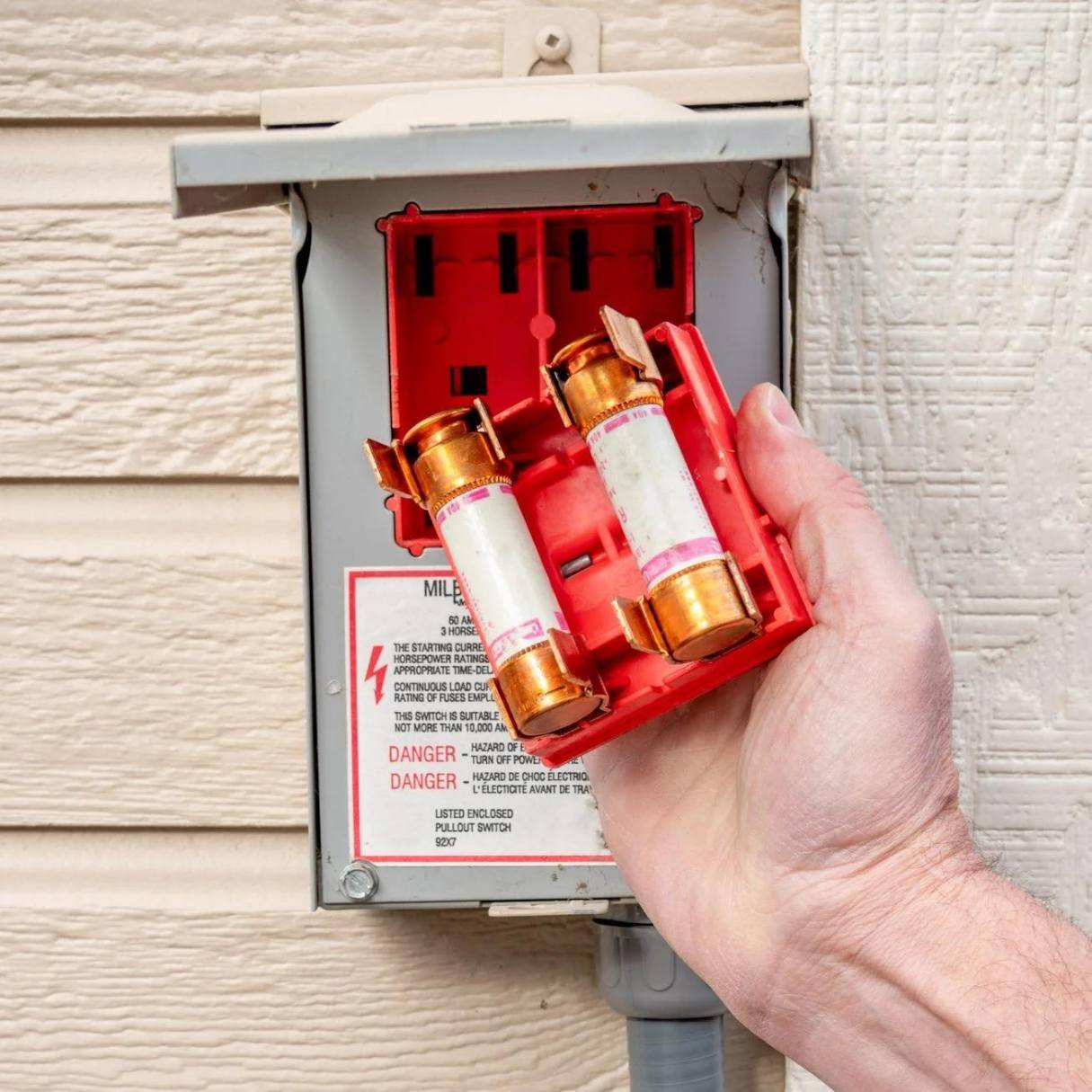
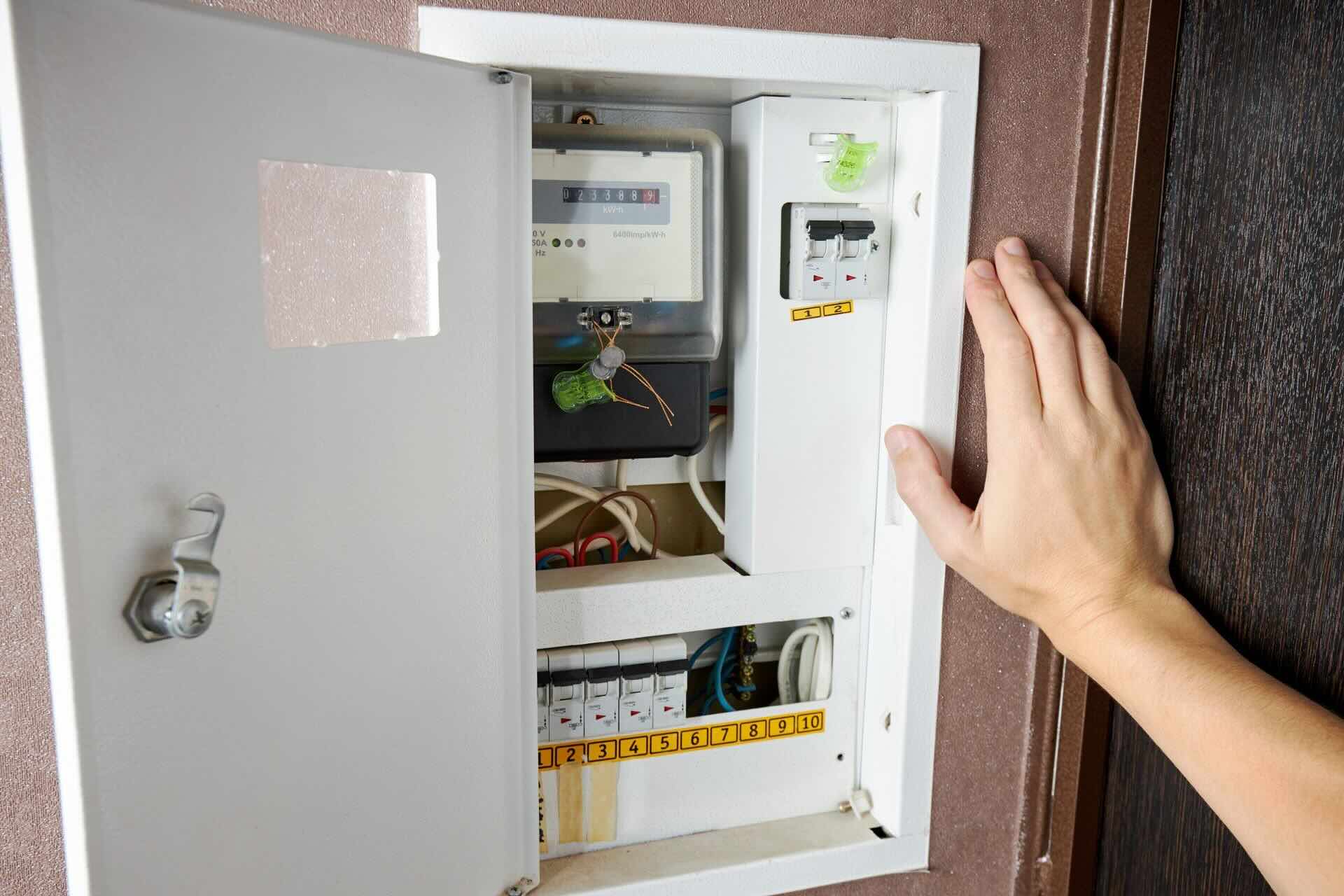

0 thoughts on “How Does A Fuse Protect A Toaster”